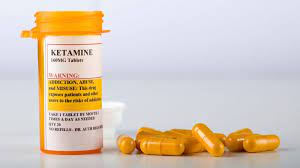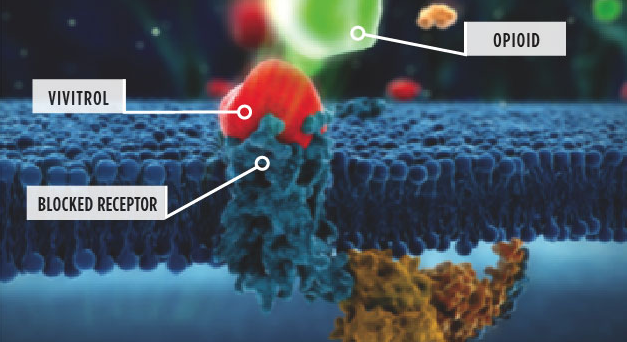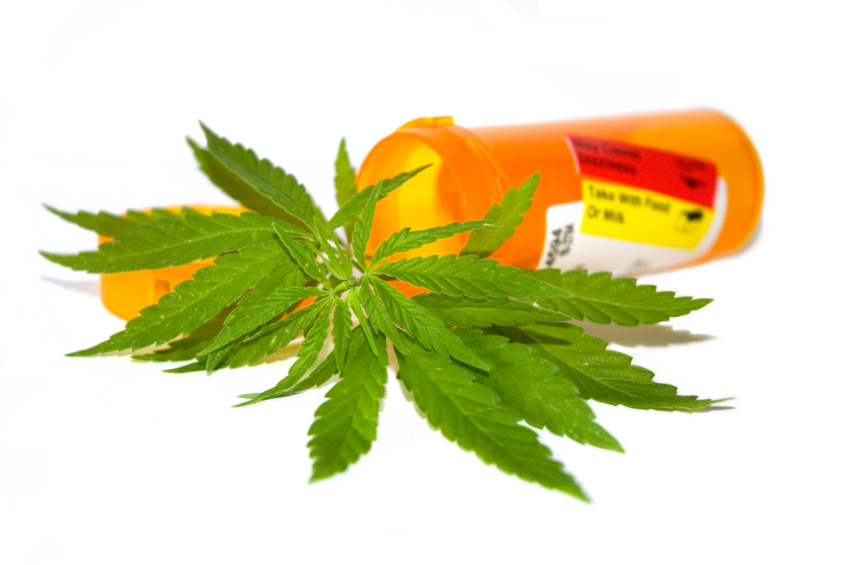Cannabis increases violence? Now that runs contrary to the image cannabis has among the general public.
Most people view marijuana as a kind of polar opposite to alcohol. Where we tend to associate excessive drinking with loud, unruly and aggressive behavior, the prevailing view of pot is as a path to a relaxed, dreamy, even passive state.
But is that accurate? Not according to a recently released study from the National Institute on Drug Abuse (NIDA).
It found that regular cannabis use appears to correlate with increased violent activity among adults. Here’s the story:
Associations of cannabis use, use frequency, and cannabis use disorder with violent behavior among young adults in the United States
According to the Abstract, “Most violent crimes (52 %) are committed by adults aged 18-34… who also happen to have the highest prevalence of cannabis use and cannabis use disorder….” The research team examined survey responses from “113,454 participants aged 18-34 in the 2015-2019 US National Surveys on Drug Use and Health.”
What they found: “higher rates of violent activity among daily cannabis users, both those with and without CUD”, when compared with males who hadn’t used cannabis. That was also true but less so among females in the survey.
The conclusion: “Our results point to complex sex-specific relationships between cannabis use frequency, CUD, and violent behavior…”
Assuming that holds up to further analysis, what could possibly be behind this unexpected trend?
There’s the potency aspect to consider. Cannabis products are stronger than they once were. The sporadic, state-by-state nature of the legalization process is a possible contributor, in the sense that there is very little oversight of the fast-growing commercial cannabis industry. “Think Wild West,” commented one expert.
And black marketeers, still a major source of cannabis, are free to make pot as powerful as they possibly can. That includes adding synthetics that further enhance the user’s high– and often the adverse effects that accompany it.
As THC content rises, the effects of THC change. The risk of problems goes up along with it.
I happened to glance through a popular college text on drugs and human behavior from the 1980s. At the time, data from analysis of seized samples put the THC content of marijuana at 1-2%. That’s what a great number of us smoked in college. It’s the experience on which we based our opinion of the risks associated with cannabis use.
Now, however, a comparable sample from Colorado put the average at just under 20% THC — or ten to twenty times stronger than we remember. THC’s effects are dose-dependent, so we should logically anticipate a number of new impacts to emerge from this more potent cannabis that people are currently using,
And since every pot producer, legal and illegal, knows that the stronger the product, the more attractive it is to the consumer, we should expect their own chemists to be actively pursuing ways to further increase THC content.
Of course, daily cannabis use alone won’t explain a higher rate of violent activity among 18-34 year olds. Other factors will be in play. Still, it’s a side of cannabis that we haven’t considered before.
And perhaps one worth paying close attention to.













